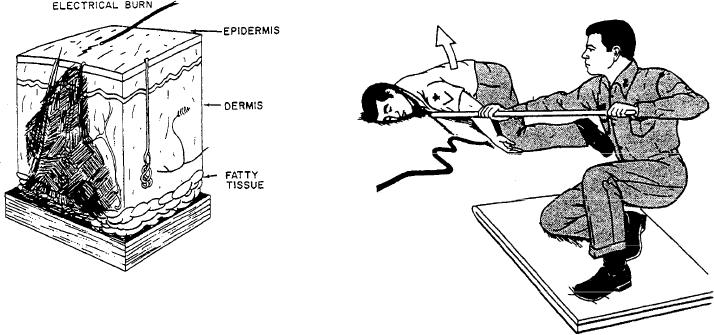
Figure 10-46.--Electrical penetration of the skin.
A drinking fountain maybe used to supply a steady
Figure 10-47.--Pushing a victim away from a power line.
stream of water. Hold the victim's head in a position that
allows water to flow from the inside corner of the eye
toward the outside. Do not allow the water to fall directly
When rescuing a victim who has come into direct
on the eye, nor use greater force than is necessary to keep
contact with a power line, stand on a well-insulated
the water flowing across the eye.
object, and use a dry rope or a wooden pole to either
push or pull the wire away from the victim or the victim
away from the wire. (See fig. 10-47.) Do not touch the
CAUTION
victim until this is done or you, too, may become a
Never use chemical antidotes, such as
casualty.
vinegar, baking soda, or alcohol, in treating
Electrical burns are often accompanied by
burns of the eye.
respiratory failure and cardiac arrest, which are of more
immediate danger to the victim than the bum itself. Start
After thorough irrigation, loosely cover both eyes
CPR immediately and continue until the victim regains
with a clean dressing.
a normal heartbeat and breathing pattern. Finally, lightly
The aftercare for all chemical burns is similar to that
cover the site of the burn with a dry, preferably sterile
for thermal burns; cover the affected area and get the
dressing, treat for shock and transport the victim to a
victim to a medical facility at once.
medical facility.
ELECTRICAL BURNS
WHITE PHOSPHOROUS BURNS
Electrical burns are more serious than they first
A special category of burns, which may affect
appear. The entrance wound may be small, but as
military personnel in either a wartime or training
electricity penetrates the skin, it burns a large area below
situation, is that caused by exposure to white
the surface, as shown in figure 10-46. Usually there are
phosphorous (WP or `Willie Peter"). First aid for this
two external burn areas: one where the current enters
type of burn is complicated by the fact that white
the body and another where it leaves.
phosphorous particles ignite upon contact with air.
Before administering first aid, remove the victim
TREATMENT. Superficial burns caused by simple
from the electrical source. When power equipment is
skin contact or burning clothes can be flushed with water
involved, shut it off or disconnect it immediately. If the
and treated like thermal burns. Partially embedded white
victim is in an automobile accident and a live wire is
phosphorous particles must be continuously flushed
lying on the car, pull the wire from the car, using a
with water while the first-aider removes them with
nonconducting dry rope or similar object. Stay away
whatever tools are available, such as tweezers and
from the severed end of the power line, because it can
needle-nose pliers. Do this quickly but gently. Firmly or
jump.
deeply embedded particles that cannot be removed by
10-32

